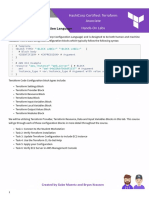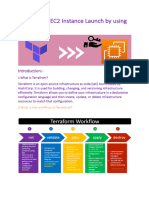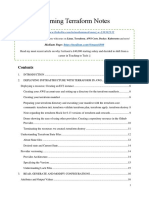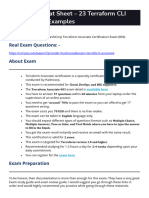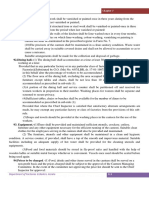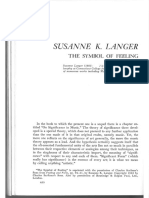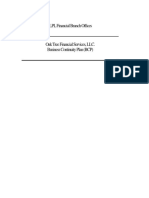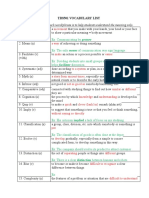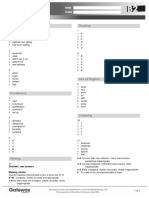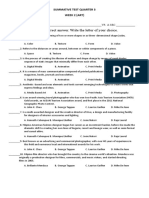0% found this document useful (0 votes)
11 views7 pagesInstall The Azure Terraform Visual Studio Code Extension
The document provides a guide on installing and using the Azure Terraform Visual Studio Code extension to define, preview, and deploy cloud infrastructure. It outlines steps for configuring the environment, installing the extension, implementing Terraform code, and managing Azure resources. Additionally, it includes instructions for creating and verifying a resource group, as well as cleaning up resources after testing.
Uploaded by
Shailesh KumarCopyright
© © All Rights Reserved
We take content rights seriously. If you suspect this is your content, claim it here.
Available Formats
Download as PDF, TXT or read online on Scribd
0% found this document useful (0 votes)
11 views7 pagesInstall The Azure Terraform Visual Studio Code Extension
The document provides a guide on installing and using the Azure Terraform Visual Studio Code extension to define, preview, and deploy cloud infrastructure. It outlines steps for configuring the environment, installing the extension, implementing Terraform code, and managing Azure resources. Additionally, it includes instructions for creating and verifying a resource group, as well as cleaning up resources after testing.
Uploaded by
Shailesh KumarCopyright
© © All Rights Reserved
We take content rights seriously. If you suspect this is your content, claim it here.
Available Formats
Download as PDF, TXT or read online on Scribd
/ 7


























